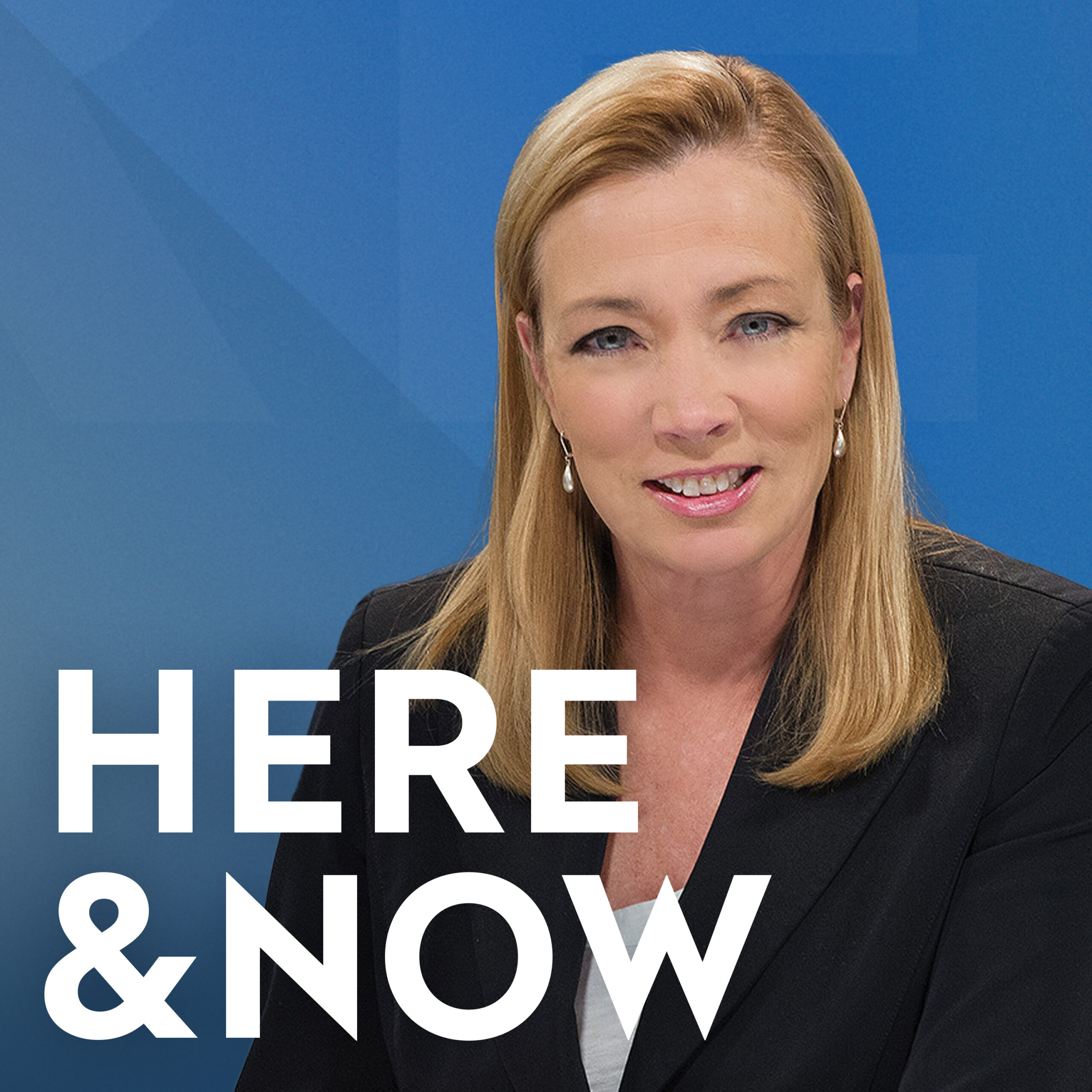
On "Here & Now," Western Wisconsin was in the 2024 presidential spotlight with Eau Claire campaign stops, Charles Franklin discusses where voters stand on 2024 candidates Kamala Harris and Donald Trump, André Jacque, Roger Roth and Tony Wied make their case to 2024 Republican primary voters, Steve Taylor discusses a budget surplus swinging to projected deficits for Milwaukee County and Linda Hall describes the 2023 Youth Risk Behavior Survey's findings among high school students. Listen to the entire episode of "Here & Now" for August 9, 2024.
Subscribe
Announcer:
The following program is a PBS Wisconsin original production. You’re watching “Here & Now” 2024 election coverage.
Crowd:
VP Walz! VP Walz! VP Walz!
Kamala Harris:
Oh, it really is good to be back in Wisconsin.
Frederica Freyberg:
The now official Democratic nominee for president, Kamala Harris, returns to the Badger State with a big rally in Eau Claire just two weeks after her last visit, this time with her vice-presidential pick Tim Walz in tow. The Trump campaign closely trails Harris in the polls and to events in Wisconsin, with JD Vance holding a much smaller campaign stop just a few miles down the road.
I’m Frederica Freyberg. Tonight on “Here & Now,” Murv Seymour reports on the presidential campaign stumping again in Wisconsin. And Charles Franklin gives us the latest on how the candidates match up in his latest poll. Then a preview of the Republican primary in Green Bay’s congressional district and Milwaukee County’s continued funding struggle. It’s “Here & Now” for August 9.
Announcer:
Funding for “Here & Now” is provided by the Focus Fund for Journalism and Friends of PBS Wisconsin.
Frederica Freyberg:
The eyes of the nation were once again on Wisconsin this week, when Democratic presidential candidate Kamala Harris hosted a huge rally in Eau Claire with her new running mate, Minnesota Governor Tim Walz. The Republican VP, JD Vance, came to town too. “Here and Now” reporter Murv Seymour was there.
Man:
Show me what democracy looks like!
Crowd:
This is what democracy looks like!
Murv Seymour:
The push for key votes in key swing states in the 2024 presidential election has made its way to rural parts of western Wisconsin.
Man:
Show me what democracy looks like!
Crowd:
This is what democracy looks like!
Murv Seymour:
For the second time in just over two weeks, candidate Harris and Air Force Two are back in Wisconsin as she fires up support in her run for the White House.
Sarah Godlewski:
So let’s make sure Tim Walz goes from Midwest nice to Midwest vice!
Murv Seymour:
In front of her biggest crowd ever in Wisconsin, an estimated 12,000 people packed the fairgrounds of the Eau Claire event district in the area known as High Country.
Joe Hagaman:
I think we had most of western Wisconsin here and half of Minnesota.
Tony Evers:
Then you have my good friend and our next-door neighbor, Minnesota Governor Tim Walz.
Murv Seymour:
With top Wisconsin Democrats paving the way…
Bon Iver:
Hello, everybody. We love you.
Murv Seymour:
…and a mini-concert from hometown, Grammy-winning singer Bon Iver, this time candidate Harris has come to introduce her newly announced running mate to rural Wisconsinites. With hopes that they and other Midwesterners like what vice-presidential candidate and Minnesota Governor Tim Walz brings to the ticket as a former military man, teacher and high school football coach.
Tim Walz:
I don’t need you telling me about our health care. I don’t need you telling us who we love, and I sure the hell don’t need you telling us what books we’re going to read.
Kamala Harris:
The path to the White House runs right through this state, and with your help, we will win in November. We are going to win.
Murv Seymour:
Getting inside High Country to see this Democratic duo hasn’t been easy. Some walked for miles and waited in traffic for hours to be a part of the growing momentum of the Harris campaign.
What do you like about Walz as a candidate for vice president?
Joe Hagaman:
He’s just one of us. He’s a good old upper Midwest boy and, as they say, you can sit down at a coffee shop with Walz and feel right at home. He’s just like my next-door neighbor.
Pam Weaver:
Well, I think it will be really important because there’s still a lot of rural. And maybe he can relate to that dynamic of the population that maybe Kamala wouldn’t. But I think that will really help open some people’s eyes.
Murv Seymour:
This isn’t the only high-powered political campaign swinging through Eau Claire. Right now across town, vice presidential Republican candidate JD Vance is here to also rally the troops.
Male Reporter:
What can you do for Wisconsinites up here in the upper northwest?
Murv Seymour:
Vance spoke directly to Wisconsinites in a 30-minute question and answer session, specifically with Wisconsin-based reporters.
Female Reporter:
What is your winning message?
Another Male Reporter:
Why would people in Wisconsin want to have a beer with you?
Murv Seymour:
He accuses candidate Harris of dodging the media.
JD Vance:
She’s running from the media, refusing to answer tough questions and hoping that a basement campaign is going to earn her a promotion.
Murv Seymour:
He says he wants people to know he’s stumping in the shadows of the Harris-Walz campaign to offer voters a contrast. With less than three months until Election Day, it’s unlikely this will be the last time these two campaigns cross paths in Wisconsin, as they continue to crisscross battleground states to woo voters in small, large and rural rallies. Reporting for “Here & Now,” I’m Murv Seymour.
Frederica Freyberg:
In the aftermath of Joe Biden’s withdrawal, Charles Franklin set to work on a new poll looking at how Kamala Harris squares against Donald Trump. This new touch point in the fast-moving race for president with the Marquette University Law School poll out this week. The polling looks at both national numbers and the state of play in Wisconsin. Poll Director Charles Franklin is here to walk us through the results and thanks for being here.
Charles Franklin:
Good to be here.
Frederica Freyberg:
So this poll went into the field before Kamala Harris picked Tim Walz for VP. What’s your sense of that choice for Democrats and whether he helps Harris in Wisconsin?
Charles Franklin:
The short answer is it’s too early to tell. What little national polling we have before he was picked shows that over 60% of the public doesn’t know enough about him to have an opinion. So this immediate rollout is a critical time for establishing that image for Democrats to do it positively. Republicans to be critical of him. So I think the best answer is we don’t know. Vice presidents usually aren’t a big effect. The best estimate is they boost the vote in their home state by between 1 and 2 percentage points. But that’s just a generalization.
Frederica Freyberg:
So at the top of the ticket, your national poll shows that among likely voters, it’s 53% for Harris and 47% for Trump. Now that’s a definite uptick over the Biden-Trump matchup.
Charles Franklin:
Yes, Biden and Trump had been running sort of head-to-head. This is definitely better in the national numbers than it is in the state numbers that we’ll get to. I think what we saw was a big boost in how people view Kamala Harris, and especially a boost in enthusiasm for Democrats.
Frederica Freyberg:
Let’s do take a look at those Wisconsin numbers then. Among again, likely voters, the numbers sit at 50% for Harris and 49% for Trump in your latest poll. So much has changed in this race with Joe Biden bowing out, but it’s still running about even.
Charles Franklin:
Yeah, here in the state, as opposed to the national numbers, we were virtually tied in June before the debate. We’re virtually tied now after the debate and the replacement with Harris. What that misses, though, is how much Biden’s support fell off between the debate and when he dropped out. The polling averages of other people’s polls, not mine, because we didn’t poll in between, showed Biden losing between 3 and 4 percentage points. Trump opening up a 4 or 5 point lead. In this poll when we asked if Biden had stayed in, would you vote for Biden or for Trump? Trump was leading by 4 or 5 points.
Frederica Freyberg:
Well, and speaking of Biden jumping out and Kamala Harris jumping in, let’s talk about enthusiasm to vote in Wisconsin. In your current poll, you say 61% say they are very enthusiastic about voting. That’s up from 46% in June.
Charles Franklin:
Yes, a 15 point increase in being enthusiastic. All year long we’ve seen enthusiasm running between 15 and 20 points below where it was at the same time in the 2020 election cycle, and that had not budged from last November through June. But now this substantial 15 point rise in enthusiasm.
Frederica Freyberg:
But how does this break down by party then?
Charles Franklin:
Not surprisingly, it’s Democrats who’ve had the biggest bump up. They’re up 22 points in enthusiasm. They had languished considerably even in June before the debate. Republicans had also gone up by about seven points. And that represents, I think, the convention bounce for the nominee, nomination of Donald Trump, as well as perhaps some post assassination attempt effect. Biden’s dropping out, though, really stepped on the post-convention bounce that you might have expected for the Republicans.
Frederica Freyberg:
Well in fact it all but kind of erased the Republican advantage in that way, right?
Charles Franklin:
I think so. It’s so hard to separate these things out because during the convention, there was the sense that Trump was very likely to win. And that shows up in our data of public opinion as well. Once Biden jumped out, Harris came in and the Democrats consolidated behind her, the effects of the convention got largely nullified.
Frederica Freyberg:
Let’s talk about the U.S. Senate race in Wisconsin. Democrat Tammy Baldwin is up five points on her Republican challenger, Eric Hovde, among likely voters, but up eight points when respondents were asked, “If you had to choose?” I’m wondering what are the implications of that question and those results?
Charles Franklin:
The — she’s been up 5 to 7 points in most of our polling since Hovde got in the race. About 14% say they haven’t made up their minds in the Senate race. And it’s those folks that we ask, “Well, if you had to choose, what would you do?” It doesn’t shift the balance very much – a couple of points, but it does show that still voters are making up their minds about these two Senate candidates, and especially Hovde, who’s considerably less well-known than Baldwin.
Frederica Freyberg:
As to issues in the race, the most important issues to Wisconsin voters are these: the economy one, abortion two, immigration three. Now Wisconsin voters placed the issue of abortion at higher importance than nationally. Does that surprise you?
Charles Franklin:
Yes. It’s an interesting thing. Partly that may be because of what happened after the Dobbs decision overturned Roe v. Wade, and we went back to our 1800s law for a while and then court cases about that. What we’ve seen in Wisconsin all along is that Democrats have ranked abortion number one, but independents, including now, put it fairly low down on their priority list as do Republicans. This is a little bit of a shift raising that. Immigration has also been falling a little bit over time. Now just barely into third place behind abortion. But there does seem to be a gap between Wisconsin opinion on this and national opinion.
Frederica Freyberg:
All right. Charles Franklin, thank you so much for being here.
Charles Franklin:
Thank you.
Frederica Freyberg:
The 8th Congressional District in Wisconsin is gearing up for a special election following Mike Gallagher’s departure. As Aditi Debnath reports, three Republicans are vying for the primary nomination in August to face the sole Democratic candidate in November’s general election.
Roger Roth:
We got a lot of great people here in northeast Wisconsin. Great Republicans running and…
Aditi Debnath:
Roger Roth served 12 years in the state Legislature, including as Senate president, until stepping aside in 2023.
Roger Roth:
I think it’s important that we have someone from northeast Wisconsin, blue collar, worked with their hands, understands how decisions out there, how they impact families here in northeast Wisconsin.
Aditi Debnath:
State Senator Andr Jacque served 14 years in the state Legislature and currently represents part of northeast Wisconsin in the state Senate. He’s running on his record of bipartisan cooperation.
Andr Jacque:
Everybody is going to tell you what you want to hear at election time. I’m the guy that means it.
Aditi Debnath:
Jacque, who now lives just outside his Senate district due to redistricting, emphasizes his experience tackling issues like government spending.
Andr Jacque:
I bear the scars of having, you know, spoken my conscience and fought for my constituents.
Aditi Debnath:
Both Jacque and Roth bring to the table years of experience in the state Legislature. Tony Wied, a political outsider and former business owner, sees his lack of political experience as an asset. Tony Wied did not respond to multiple requests for an interview. However, in an audio interview with Wisconsin Public Radio, he said this.
Tony Wied:
I have that real world experience of actually operating things and growing and building businesses, and I can actually go and make a difference.
Aditi Debnath:
The three Republicans share common ground on issues like inflation
Roger Roth:
Federal government has to stop spending money.
Andr Jacque:
We need to really look at the baseline expenditure, line item and, and basically, get into zero-based budgeting.
Aditi Debnath:
and border security.
Andr Jacque:
Really the first thing is we have to have a vetting and an orderly process for anybody that’s looking to come into the country.
Tony Wied:
We need to build the border wall.
Aditi Debnath:
Each candidate has their unique selling points. Wied touts his endorsement from former President Donald Trump.
Tony Wied:
I’m very proud to be the only candidate endorsed by President Trump in this race. This is an honor of a lifetime.
Aditi Debnath:
Senator Jacque highlights his endorsements from law enforcement and pro-life organizations as his conservative credentials.
Andr Jacque:
What I’m most proud of is, really from the taxpayers’ perspective, eliminating any number of subsidies for elective abortion. I’ve done that systematically at the state level. They’re actually far more that exists at the federal level.
Aditi Debnath:
Roth, endorsed by former governor Scott Walker, wants to make it mandatory for public employees to work in person.
Roger Roth:
It’s time we brought civil service reform to Washington. I will take that issue that I worked on and was able to get through with Governor Scott who’s endorsing me in this race. I’ll be able to go and make strong advances on that issue on day one.
Aditi Debnath:
Despite Trump’s endorsement of Wied, both Roth and Jacque remain confident in their campaigns.
Andr Jacque:
Every candidate is going to have their endorsements. I don’t know how much weight that in particular has.
Roger Roth:
Trump made a decision. He was given some bad information, but at the end of the day, he supports winners. We’re going to win this election.
Aditi Debnath:
The primary election is set for August 13th. Reporting from Appleton, I’m Aditi Debnath for “Here & Now.”
Frederica Freyberg:
What a swing even with a new county sales tax increase that helped Milwaukee County see a budget surplus for the first time in decades in 2024, the county government is now staring down a nearly $20 million deficit by the end of the year. What is happening? We turn to Milwaukee County Supervisor Steve Taylor who warns of tough times ahead. And thanks for being here.
Steve Taylor:
You’re welcome. Glad to be here.
Frederica Freyberg:
So there was a surplus. Now you’re grappling with projected deficits.
What is happening?
Steve Taylor:
Well, it’s a combination of things. It’s — we have a big deficit in the sheriff’s budget and the overtime. That’s over, you know, $7 million and that number is not going to get smaller. We’ve not seen the projected sales tax revenue come in. I mean, people are not spending as much as we projected. So the sales tax projections of that revenue is lower. And then we’re looking at the future of the health care costs. Those are on the rise and, and those are things that are difficult to control. We have many departments that are running, you know, positive, but there’s just some areas in the county budget that are, that are struggling big time right now.
Frederica Freyberg:
So I understand that the sales tax hike was supposed to generate $82 million in revenue since last July, and then there was another $7 million that came from the state by way of shared revenue. How much worse would it have been without that?
Steve Taylor:
Well, yeah, that’s — I mean, we wouldn’t be able to start tackling the pension problems that we had based on, you know, the scandal back in the early 2000s. So we would be in a worse position without the sales tax. But we still were always looking at major issues in the next five years. I mean, those numbers have gotten easier. It’ll be easier to deal with or grapple with, but they’re still going to be challenging, challenging days and years ahead.
Frederica Freyberg:
What is the situation with the sheriff’s department over time? Why is that happening?
Steve Taylor:
Well, we just don’t have enough deputies and they’re doing their mandated services, and it’s coming at a cost at overtime. The state of Wisconsin ranks 50th out of 50 in law enforcement spending. So that’s not, I think, a category the state should be proud of. So I think that’s something that that Milwaukee County and all counties and municipalities should be looking at.
Frederica Freyberg:
So you’re looking to the state to give you more money to help with that sheriff’s department deficit?
Steve Taylor:
Well, I think that’s one conversation that needs to take place. I mean, I don’t think the solution is pulling our sheriffs off the highways. I mean, we’re mandated to have them in the courtrooms. You know, we have to have them in the jails and the house of correction. And so the solution is not just let’s not work them. We have to and these officers and these deputies, they don’t want to always be working all this overtime. It’s coming at the expense of their, you know, personal well-being and their health, you know. So it’s a very difficult situation. But I think the state needs to step up.
Frederica Freyberg:
And what have you heard from the state Legislature as to whether or not that’s something that they would consider doing?
Steve Taylor:
You know, we haven’t had those conversations. I mean, this was just brought to us, you know, how dire it is, but it really shouldn’t be a shock. I mean, it took a lot to get the sales tax and to do this whole shared revenue plan. And I don’t think the county was treated fairly to begin with. I don’t know why we had to tax our residents an additional, you know, 0.4% when we ship — they should have been fixing the shared revenue in a different manner. I mean, we ship over a half $1 billion more to the state every year. And when they decide to do this new formula, they’re giving us $8 million and saying go tax your residents another $80. I think we got really shafted by the state. So, you know, we’re the economic engine of the state. And, you know, we are funding things in Superior, in La Crosse, in Oshkosh and Madison and Middleton and Sun Prairie. And yet, you know, we have to tax our residents to, to just, you know, cost to continue basically.
Frederica Freyberg:
Are you being heard on that in Madison?
Steve Taylor:
I don’t know if we’re being heard or not, but I mean, I think they look at us as — some in the state Legislature look at us as like a giant sucking sound of money being just vacuumed out of the state coffers. That’s how it’s been for decades, that kind of mindset. And then they make, I think, poor decisions as well. Like, why should the taxpayers be on the hook for AmFam Field when you have an owner, you know, spending money on European soccer teams. Why should the county taxpayers pay $4 million a year for the Fiserv, when one of the owners sold his share and made $660 million. So this is — these are decisions that the state has made. There’s $6.5 million right there the state has taken away from Milwaukee County and put towards, you know, stadiums for billionaires.
Frederica Freyberg:
We need —
Steve Taylor:
I don’t know how far we’re going to get, you know, on help with the sheriff’s department.
Frederica Freyberg:
All right. We leave it there. Supervisor Steve Taylor. We’ll be watching this as it develops. Thanks so much.
Steve Taylor:
You’re very welcome. Thank you.
Frederica Freyberg:
Turning to education, the mental health struggles of Wisconsin’s young people continue as screen times go up and social supports go down. That’s according to the latest Youth Risk Behavior Survey conducted by the Department of Public Instruction. As students outline the pressures they face, one said, “People around my age that you consider Gen Z are struggling. The technology you have built has given us more self-hatred, unachievable expectations, new mental illnesses and has crushed our sense of communication. Please understand that we are trying our best to find ourselves, and it is difficult when the world that we look up to can be so cruel and we feel we need to go through it alone.” To better understand these challenges, we turn to Linda Hall, director of the Wisconsin Office of Children’s Mental Health. Thanks very much for being here.
Linda Hall:
It’s my pleasure.
Frederica Freyberg:
So what stands out as real trouble areas in children’s mental health in Wisconsin?
Linda Hall:
Well, we know from the most recent Youth Risk Behavior survey that anxiety is up. Half of our kids are feeling anxious all the time. About a third are depressed on a daily basis. They’re feeling sad and hopeless every day for two weeks. About 25% of kids are considering, seriously considering suicide. And if we start to look at subpopulations, marginalized groups, we see those numbers jump even higher. So unfortunately, these are trends that have been developing for more than a decade. We’d like to really see them turn around, but this is what we’re dealing with right now.
Frederica Freyberg:
So I read that girls in particular report anxiety and depression. For anxiety, well over half of them. And your office said, “Our girls are in trouble.” What is driving this?
Linda Hall:
There are so many messages for our girls about body image and even suicide. When girls turn to social media, they are just being flooded with messages about being thinner, about ways to commit suicide. There’s just a lot going on there. And we really, we really need to help them, as best as possible, curate their social media use and do less of it. Get away from it.
Frederica Freyberg:
Because your report also discusses the fact that there is increasing screen time outside of schoolwork, how does that increasing time contribute to these things?
Linda Hall:
Well, in a number of ways, we know that it decreases the amount of time that kids spend in physical activity, which is a protective factor. It decreases the amount of time they sleep at night, which is also very important for mental well-being. And it decreases the time that they’re interacting with other, students and other people in their life on a personal basis. And those things are very healthy.
Frederica Freyberg:
What other external factors are driving overall mental health problems? You know, that kids worry about?
Linda Hall:
Well, when we look at all the data that we can find about kids, we see that they do identify academic issues as number one. But after that, they look at things like they’re concerned about climate change. They’re concerned about school safety. I think this new data shows that a very large percentage of kids don’t feel safe at school. So there’s that there’s gun violence and political divisiveness are all things that are adding up to their anxiety. And a lot of that contributes to a lack of belonging. That’s the other factor that we are looking at most of all is belonging, because we see that as being critical to how kids feel about themselves. Whether they fit in at school, whether they show up at school, and then whether they succeed at academics, which we know all of those things are important for their adult lives and for their earning power and careers as adults.
Frederica Freyberg:
What can the state do to help with this?
Linda Hall:
I think the number one thing is to increase sustainable funding for mental health supports at school. We know that we are in a shortage of professional mental health providers. And — but there are many things that we can do at school, and we can create positive climates where kids feel like they belong. And we know that investments that have been made in the past have made a difference. But we need to make more.
Frederica Freyberg:
And what can families do?
Linda Hall:
You know, the number one thing probably for families around screen time is to create a family media plan. There are lots of tools for how to do that but create a plan so that everybody in the family is being conscious of how much time they’re spending on screens, and they’re limiting it. Reduce your time online and increase your time hanging out with friends.
Frederica Freyberg:
All right. Good advice. Linda Hall, thanks very much.
Linda Hall:
Thank you.
Frederica Freyberg:
For more on this and other issues facing Wisconsin, visit our web site at PBSwisconsin.org and then click on the news tab. To see all of our election coverage, visit WisconsinVote.org. That’s our program for tonight. I’m Frederica Freyberg. Have a good weekend.
Announcer:
Funding for “Here & Now” is provided by the Focus Fund for Journalism and Friends of PBS Wisconsin.
 Passport
Passport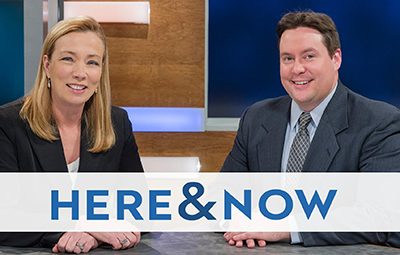
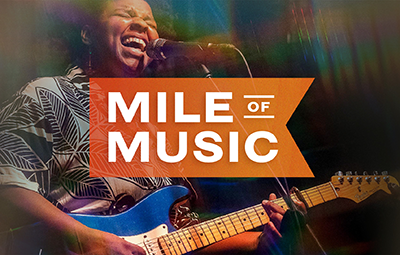

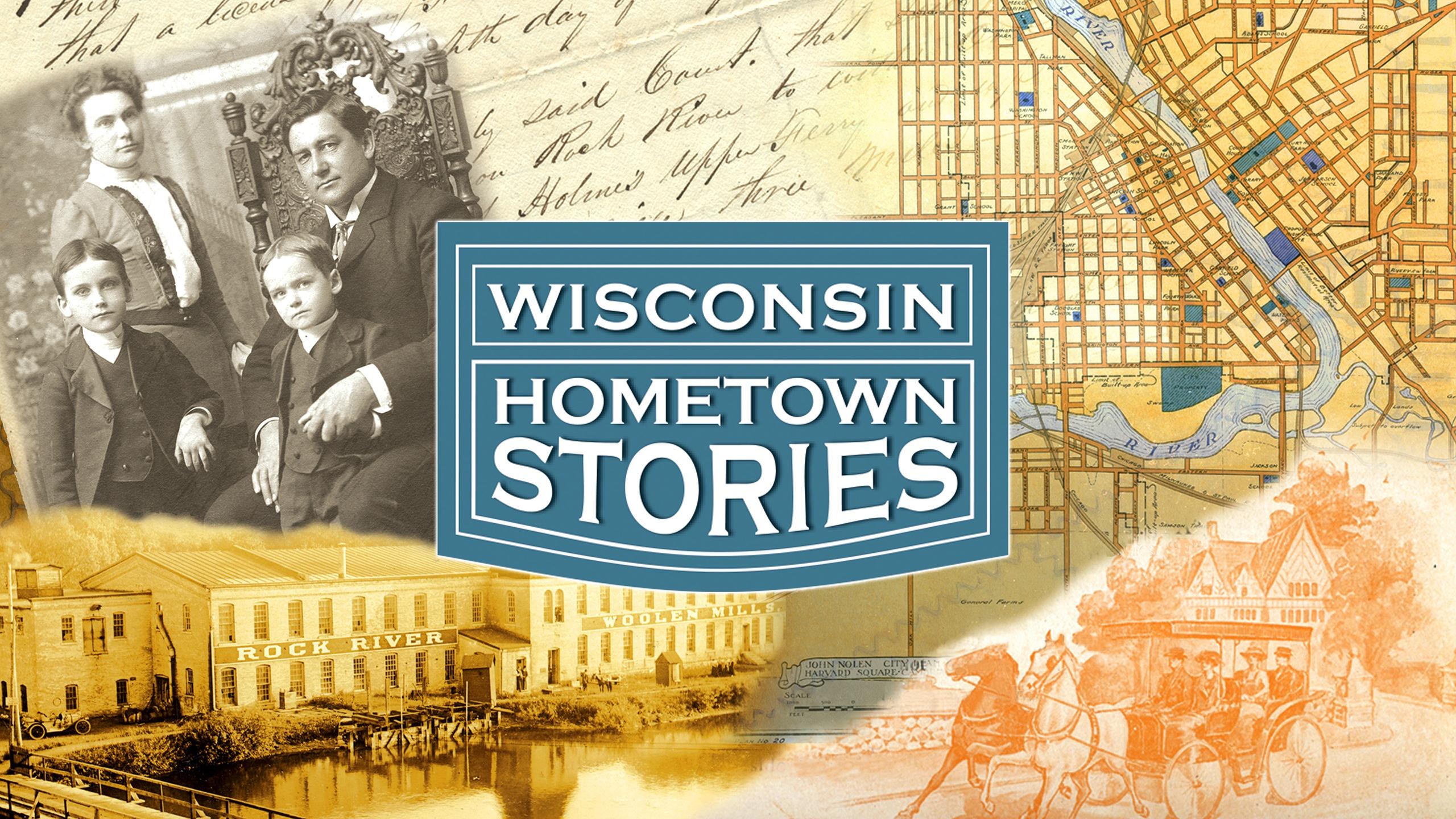





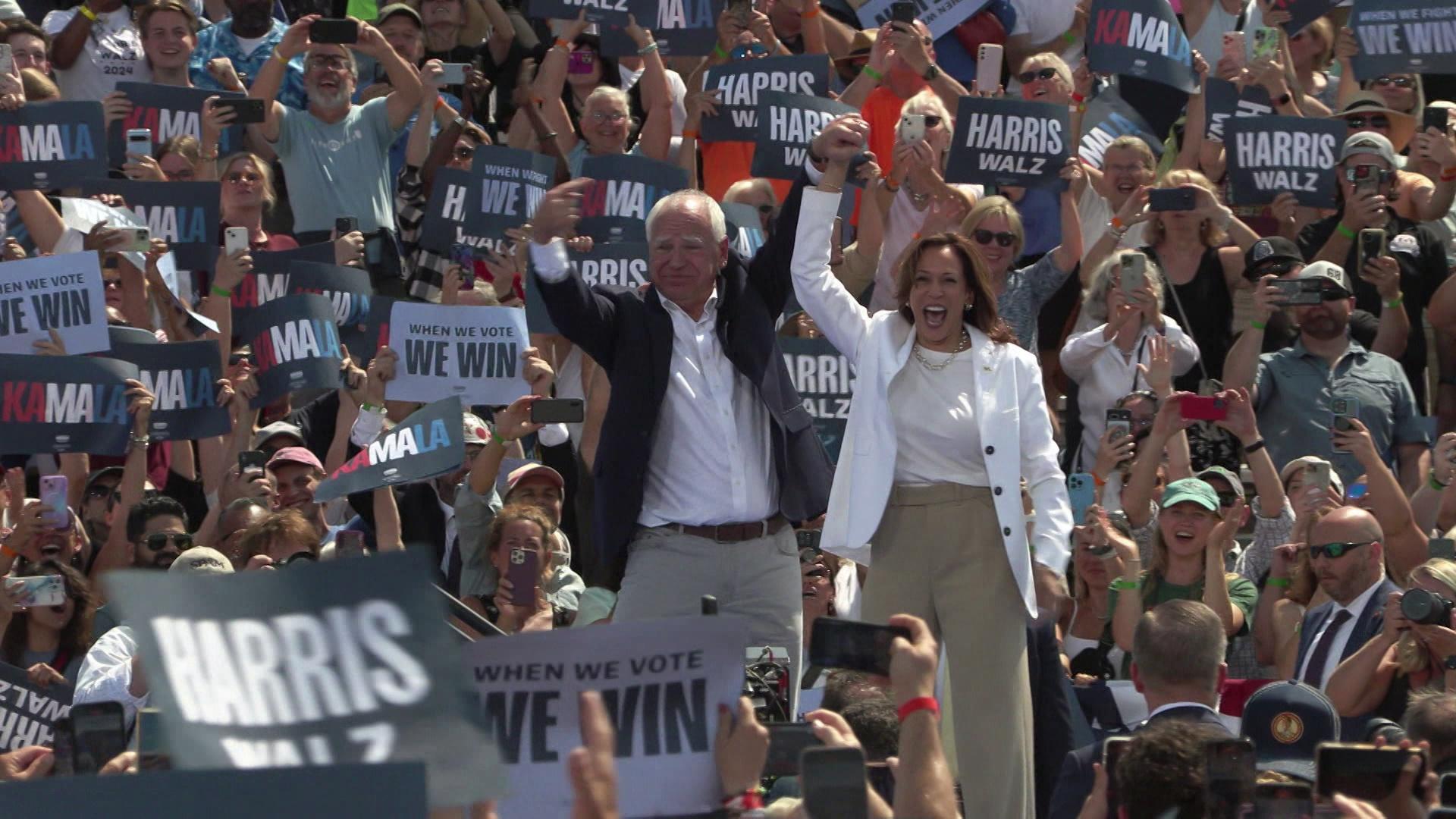

Follow Us